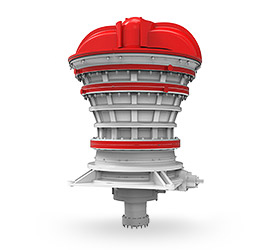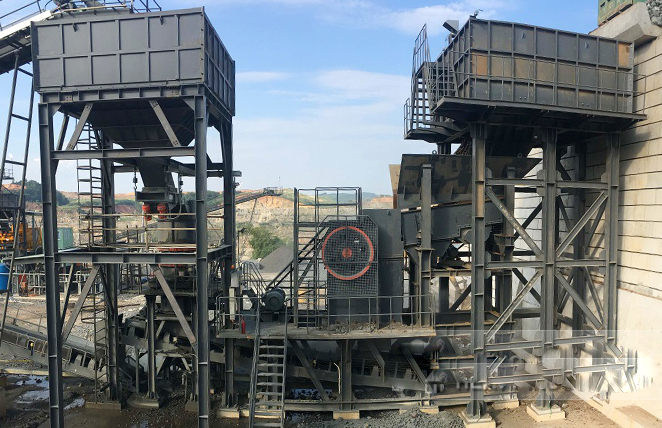A ball mill (or ball grinding machine) is a type of grinder used to grind, blend, and sometimes for mixing materials for use in mineral dressing processes, paints, pyrotechnics, ceramics, and selective laser sintering. It works on the principle of impact and attrition: size reduction is done by impact as the balls drop from near the top of the shell.
Key Components of a Ball Mill:
1. Cylindrical Shell – Rotates on its axis, partially filled with grinding media (balls).
2. Grinding Media – Usually steel or ceramic balls of varying sizes.
3. Feed & Discharge System – Material is fed in one end and discharged through the other.
4. Drive Mechanism – Typically an electric motor with a gearbox or pulley system.
 Working Principle:
Working Principle:
– The ball mill rotates around a horizontal axis, causing the grinding media to cascade and impact the material inside.
– As the shell rotates, the balls are lifted up on the rising side and then cascade down (or drop), crushing and grinding the material by impact and friction.
Types of Ball Mills:
1. Batch Ball Mill – Operates in batches; material is loaded, ground, then discharged.
2. Continuous Ball Mill – Material is continuously fed in and discharged out.
3. Planetary Ball Mill – High-energy milling with multiple jars rotating around a central axis (used for fine grinding).
4. Vibratory Ball Mill – U vibrations instead of rotation for finer particle size reduction.
vibrations instead of rotation for finer particle size reduction.
Applications:
– Mining & Metallurgy: Grinding ores into fine powder for mineral extraction.
– Ceramics & Paints: Producing ultra-fine powders for pigments and glazes.
– Pharmaceuticals: Milling active ingredients into fine particles for drug formulations.
– Cement Industry: Grinding clinker into cement powder.
Advantages:
– Can produce very fine powders (sub-micron level).
– Suitable for both wet and dry grinding processes.
– Versatile—can handle abrasive materials effectively.
Disadvantages:
– High energy consumption due to friction and impact losses.
– Noisy operation due to tumbling balls.
– Wear & tear of grinding media requires periodic replacement.
Would you like details on specific types or operational parameters?





Leave a Reply